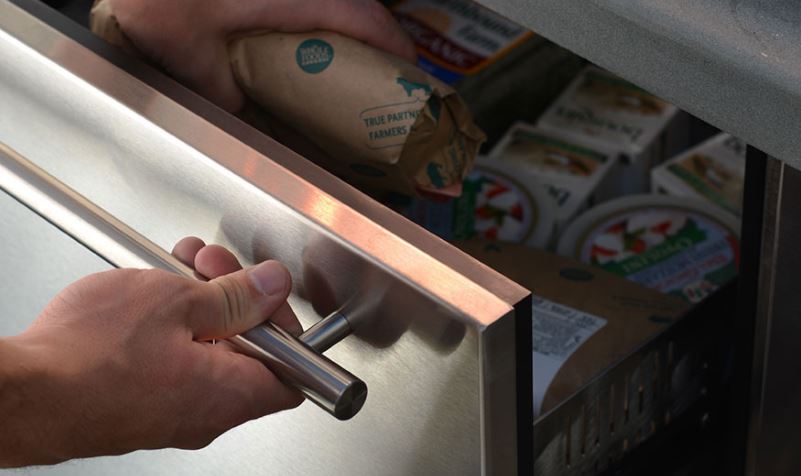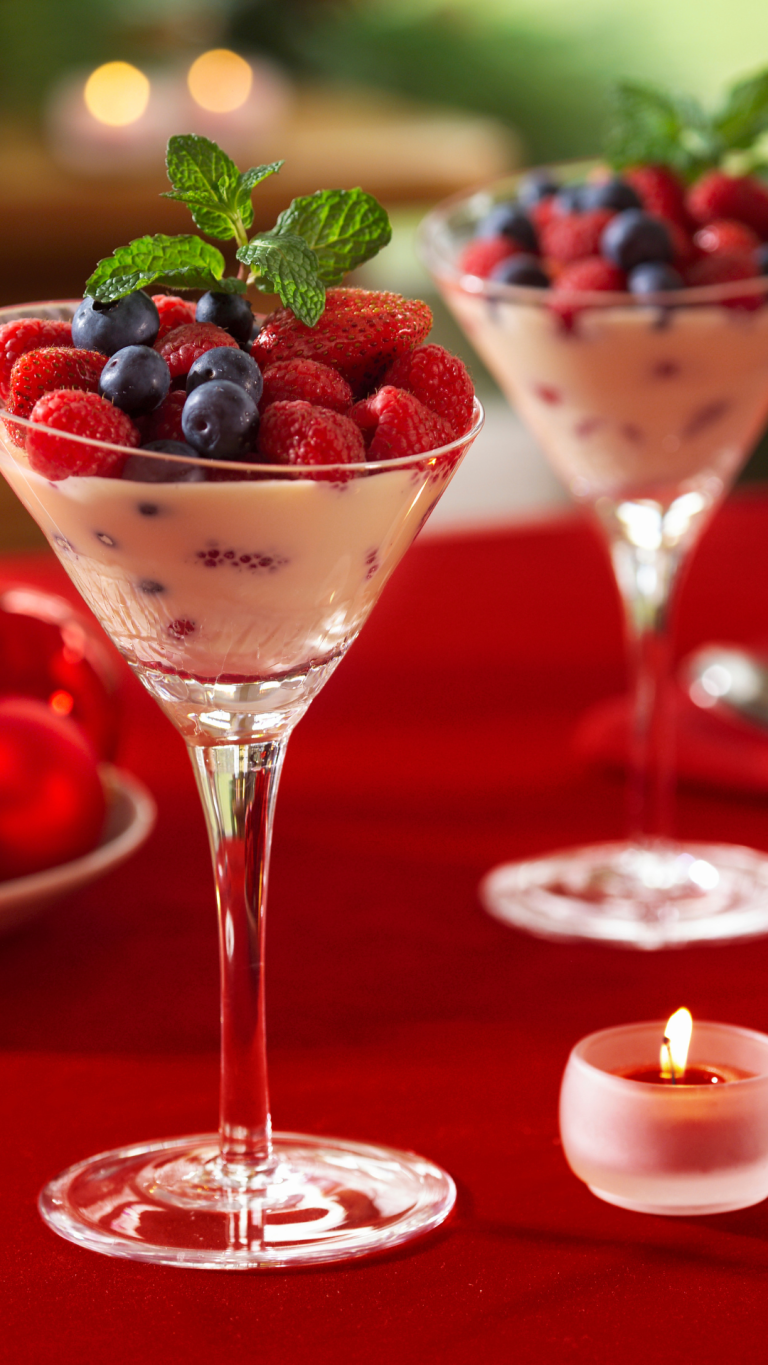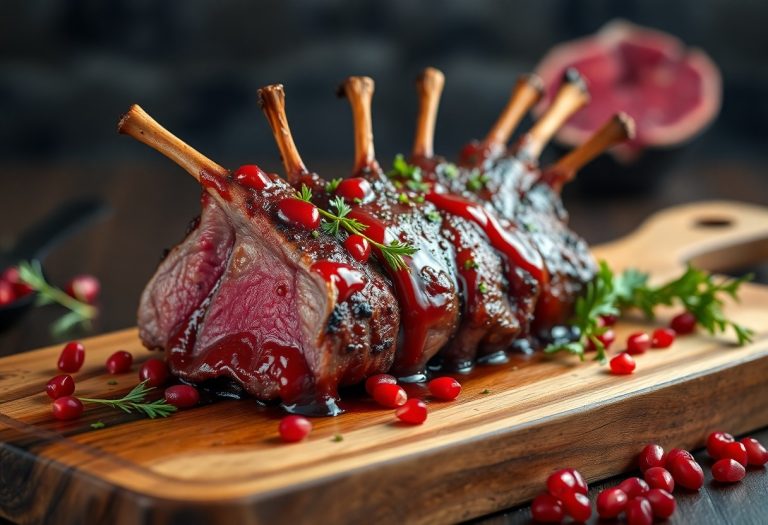How to Remove Rust from an Outdoor Refrigerator
Removing Rust from an Outdoor Fridge
Finding a bit of rust, or the beginnings of an all-out rust invasion, can be quite surprising when you have spent a boat-load of money on a quality specimen of outdoor refrigeration technology. For that kind of money, these things shouldn’t rust. Ever.
Rust signifies a problem either with the selection of materials, the environment, or upkeep. Fortunately, rust is a solvable problem.
Why Does an Outdoor Refrigerator Rust?
Certain metals are less prone to rust than others. Stainless steel, because of its composition, is less likely to corrode and rust than iron or steel. Many outdoor refrigeration appliances have stainless steel surfaces which are exposed to the elements.
1. An outdoor refrigerator can rust because it is made of an inferior grade stainless steel.
There are two grades of stainless steel that are recommended for outdoor appliances, 304 and 316L. Both are resistant to corrosion and rust, but are not rust-proof.
What categorizes steel as stainless steel is the amount of chromium. The minimum level of chromium is 10.5%, but typical levels of chromium in outdoor refrigerator stainless steel is 12% to 30%.
Chromium adds a protective layer to the steel alloys that makes it resistant to corrosion. However, all stainless steel can corrode or rust at some point. It is not stain-proof, just stain-less.
316L stainless steel is often referred to as marine grade stainless steel because it has an added alloy, molybdenum. The majority of commercial molybdenum is used to make alloys, where it is added to improve hardness, strength, electrical conductivity, and wear and corrosion resistance. Molybdenum helps 316L stainless steel grades perform the best in environments that are exposed to salt air and pools.
2. Stainless steel outdoor refrigerators can rust if the chromium oxide layer is removed.
The capacity to produce and regenerate a chromium oxide layer in the presence of oxygen is what gives stainless steel its most noticeable stainless property: corrosion resistance. Stainless steel, on the other hand, has no corrosion resistance below the oxide layer. As a result, once corrosion begins, it moves quickly.
Stainless steel corrosion can be caused by corrosive process fluids and cleansers, excessive humidity, or high salt settings such as sea water that dissolve the native protective layer (chromium oxide). Surface rust removal improves the look of surfaces, but its significance extends beyond that. Rust can cause pitting and structural damage to products and components if left uncontrolled.
Using abrasive implements such as steel wool, scrapers, and bristle brushes on your outdoor refrigerator can also weaken and remove the chromium layer. Hard water and water with high levels of chlorine can also destroy the chromium layer and should not be used to wipe down or clean stainless outdoor refrigerator surfaces.
3. Lack of maintenance can cause rust on outdoor refrigerators.
An accumulation of chloride containing substances (salt as an example) on the surface of your stainless steel refrigerator can begin the corrosion process. When cooking outdoors, make sure you wipe away any spills or food stains as quickly as possible as many food substances contain chlorides.
Salt spray from the ocean can build up on outdoor stainless cabinetry and appliances, including outdoor refrigerators. Make it a practice to wipe down your stainless surfaces regularly to eliminate this build up.
Chlorinated pools can also provide a source of rust. Pool splashes and wet towels from the pool can cause a problem for the chromium oxide layer on the stainless steel, too.
4. Damaging the stainless steel on your outdoor refrigerator may result in corrosion and rust.
As careful as we all try to be, accidents happen. A child on a bike running into stainless steel outdoor refrigerator doors can result in dents and scrapes which remove the protective chromium oxide layer on stainless steel. Once it starts, the rust will make its way under the protective layer to spread the corrosion.
A dropped metal spatula from the grill can hit the stainless and begin the process of corrosion by scratching away the protective layer.
It is a good idea to dry your stainless steel outdoor refrigerator if it becomes soaked after a rainstorm. Rust forms when air meets water so eliminating the water will help keep rust at bay.
Is rust on an outdoor refrigerator dangerous?
One of the benefits of stainless steel, and why it is popular for food preparation surfaces as well as medical surfaces, is that it is easily sanitized. Stainless steel is a top choice for outdoor kitchen countertops as well as appliances because it is easy to clean and disinfect.
While rust itself is not harmful unless you consume large amounts of it, bacteria that grows on rusty surfaces, can be harmful. Keeping your refrigerator free from rust outdoors will help protect from tetanus infections from rust colonizing bacteria.
How to remove rust spots from a stainless steel outdoor refrigerator door
A stainless cleaning or stainless brightener, such as Bar Keepers Friend, can be used to remove rust spots. You can also use a soft or microfiber cloth to apply a paste of baking soda and water, rubbing gently in the direction of the grain. BarKeepers Friend comes in both powder and spray forms. A paper towel is known for scratching the surface of many stainless steel finishes.
It’s advisable to follow the manufacturer’s instructions or call the manufacturer’s customer care line for help with your individual model. Rinse with clean water and a soft towel after removing the rust, then dry. Your manufacturer may have a preferred cleaning product that works especially well with their models.
How to remove rust stains from a textured outdoor refrigerator door
Navel jelly (used to remove rust from cars and found at auto parts stores) is the most often-recommended product for removing rust from outdoor refrigerator doors that aren’t made from stainless steel.
1. Using a rag, wipe away as much loose rust as possible from the outdoor refrigerator. Place newspapers on the floor to catch any rust that may fall from the refrigerator.
2. Using a clean rag, apply 1 tbsp. navel jelly. Wipe the corroded area with the jelly. Apply another tablespoon of navel jelly to the fabric and rub on the rust stain if the area is larger than a 6-inch circle. To dislodge the rust from the rough surface, rub with medium pressure.
3. Using a clean, damp rag, wipe the rust and navel jelly from the refrigerator.
4. To smooth out the surface, use fine-grit sandpaper on the damaged region.
5. Spray an all-purpose cleanser on the affected area of the refrigerator and wipe it clean with a soft cloth.
After removing the rust, you may need to paint the affected area. Make sure you use appliance-specific paint recommended by the manufacturer. Some manufacturers supply touch-up kits with their units for just this purpose.
How to prevent rust on outdoor refrigerators
Maintenance is the key to preventing rust on your outdoor refrigeration appliances such as refrigerators, wine coolers, beverage chillers and kegerators.
A clean microfiber towel and a nontoxic stainless steel polish are the ideal tools for polishing stainless steel. Many manufacturers advise spraying the polish straight onto the towel before wiping the stainless steel. Always strive to polish in the same direction as the grain of the stainless steel.
The quantity of polish that gets on the wood or powder coated panels is minimized by spraying directly onto the towel. Scratches are minimized by polishing with the grain.
Keep outdoor appliances clean and dry and wipe up any spills before they have a chance to do any harm to the finish. You can cover your appliances if they are out in the open, but make sure there is sufficient air circulation to avoid condensation on the exterior surfaces which can, over time, lead to rust.







